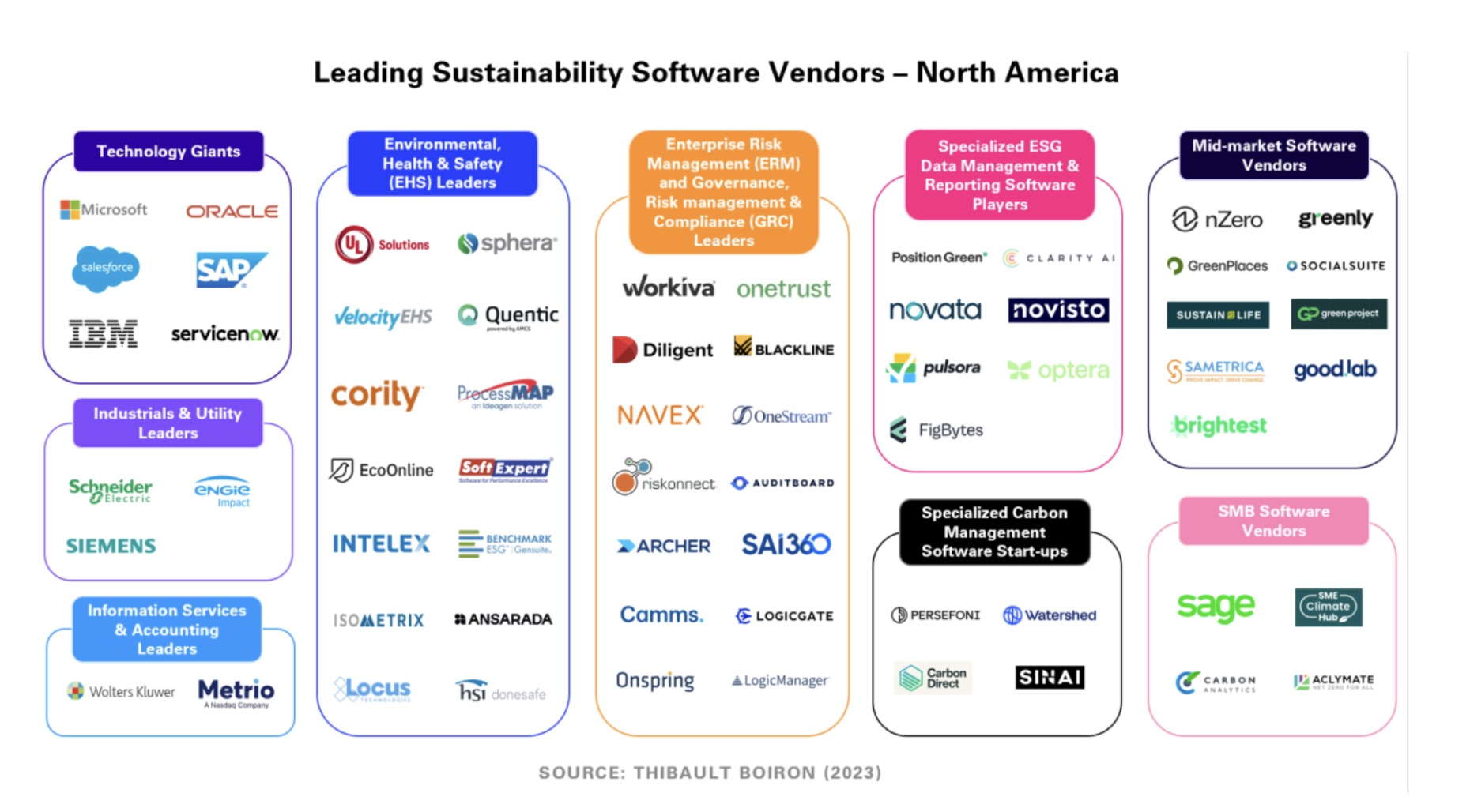
In a world where environmental, social and governance (ESG) concerns are playing an increasingly central role, companies must not only adapt to regulatory requirements, but also meet the expectations of investors, customers and other stakeholders. This article looks at strategies for integrating Web 3.0 into companies' ESG practices, examining best practices, challenges and long-term impacts.
Buckle up, let's discover the future of ESG reporting !
Best practices for Integrating Web 3.0 into Corporate ESG Reporting
The adoption of Web 3.0 in ESG reporting requires a strategic approach, involving several essential steps to ensure a successful transition and maximise the benefits of these new technologies.
1. ESG Needs and Objectives Assessment
The first step is to assess the company's specific ESG reporting needs. Each organisation has different priorities depending on its sector, size and strategic objectives. It is crucial to identify the areas where Web 3.0 can bring the most value, such as supply chain traceability, carbon credit management, or improving transparency in reporting.
2. Selecting the right Web 3.0 technologies
Once the company's needs have been identified, it must choose the Web 3.0 technologies that best meet its objectives. Blockchain, for example, is ideal for data traceability and immutability, while smart contracts can automate verification and compliance processes. It is also important to consider complementary technologies such as the Internet of Things (IoT) for real-time data collection and artificial intelligence (AI) for ESG data analysis.
3. Integration with existing systems
Integrating Web 3.0 technologies with existing information systems is a crucial step. Companies need to ensure that the new solutions integrate seamlessly with their existing management systems, such as ERP (Enterprise Resource Planning) and sustainability management software. This integration may require some technical adaptations, but it is essential to ensure smooth adoption and optimum return on investment. The following diagram shows which major software suppliers are already producing sustainability tools.

4. Team training & acculturation
Adopting Web 3.0 also requires a change of culture within the company. It is essential to train teams in the new technologies and make them aware of the benefits of Web 3.0 for ESG reporting. This can include workshops, online training, and mentoring programmes to ensure that all levels of the organisation understand the importance of this transition and are able to use the new solutions effectively.
5. Overcoming the Challenges of Adoption
Adopting Web 3.0 also requires a change of culture within the company. It is essential to train teams in the new technologies and make them aware of the benefits of Web 3.0 for ESG reporting. This can include workshops, online training, and mentoring programmes to ensure that all levels of the organisation understand the importance of this transition and are able to use the new solutions effectively. At Doors3, we often work on such topics with corporate teams.
Use Case : Web 3.0-based sustainable management software and solutions
Many companies have already begun to integrate Web 3.0 into their ESG practices, offering inspiring examples and best practices for others to follow.
1. Supply chain management with blockchain
One notable use case is companies using blockchain to ensure the traceability of their supply chains. For example, in the food industry, companies such as Nestlé and Walmart are using blockchain to track the origin of products from farm to consumer. This not only guarantees the sustainability of farming practices, but also ensures transparency and food safety.
2. Digitised carbon markets
The carbon credit market is another area where Web 3.0 is having a significant impact. Platforms such as CarbonX use blockchain to create transparent and secure carbon credit markets. This enables companies to offset their CO2 emissions more reliably, while avoiding the fraud and double-counting that can occur with traditional methods.
3. Automating ESG Reporting with Smart Contracts
Smart contracts are increasingly being used to automate ESG reporting processes. For example, companies in the energy sector are using these contracts to automatically check CO2 emissions in real time. If emissions exceed a certain threshold, the smart contract can trigger immediate corrective action, such as the purchase of additional carbon credits or the implementation of emission reduction measures.

Long-term impact of Web 3.0 on ESG practices and regulatory compliance
The integration of Web 3.0 into ESG reporting has profound and lasting implications for companies.
1. Enhanced Compliance and Risk Reduction
One of the key long-term benefits is improved compliance with ESG regulations. By adopting technologies such as blockchain, companies can ensure that their reporting is not only complete and accurate, but also compliant with increasingly stringent regulatory standards. This reduces the risk of sanctions and improves a company's reputation with regulators, investors and the public.
2. Competitive advantage
Companies that embrace Web 3.0 early will be better positioned to meet stakeholders' growing expectations for transparency and sustainability. This can result in a significant competitive advantage, attracting ethically minded investors, building customer loyalty, and improving the company's overall brand image.
3. Evolution of Business Models
In the longer term, the integration of Web 3.0 could also lead to a transformation of business models. For example, companies could develop new services based on blockchain, such as real-time verification of product sustainability or ESG compliance consulting services. These innovations could open up new sources of revenue and strengthen companies' market position.
Conclusion
Web 3.0, with its decentralised technologies such as blockchain and smart contracts, offers companies a unique opportunity to transform their ESG reporting. By strategically integrating these new technologies, companies can not only improve the transparency and reliability of their reporting, but also position themselves as leaders in sustainability.
As regulatory requirements and stakeholder expectations continue to evolve, companies that embrace Web 3.0 will be better prepared to navigate this ever-changing landscape. This transformation is not just about regulatory compliance; it represents an opportunity to rethink business practices for a more sustainable and prosperous future.
.png?width=150&height=75&name=Design%20sans%20titre%20(7).png)



